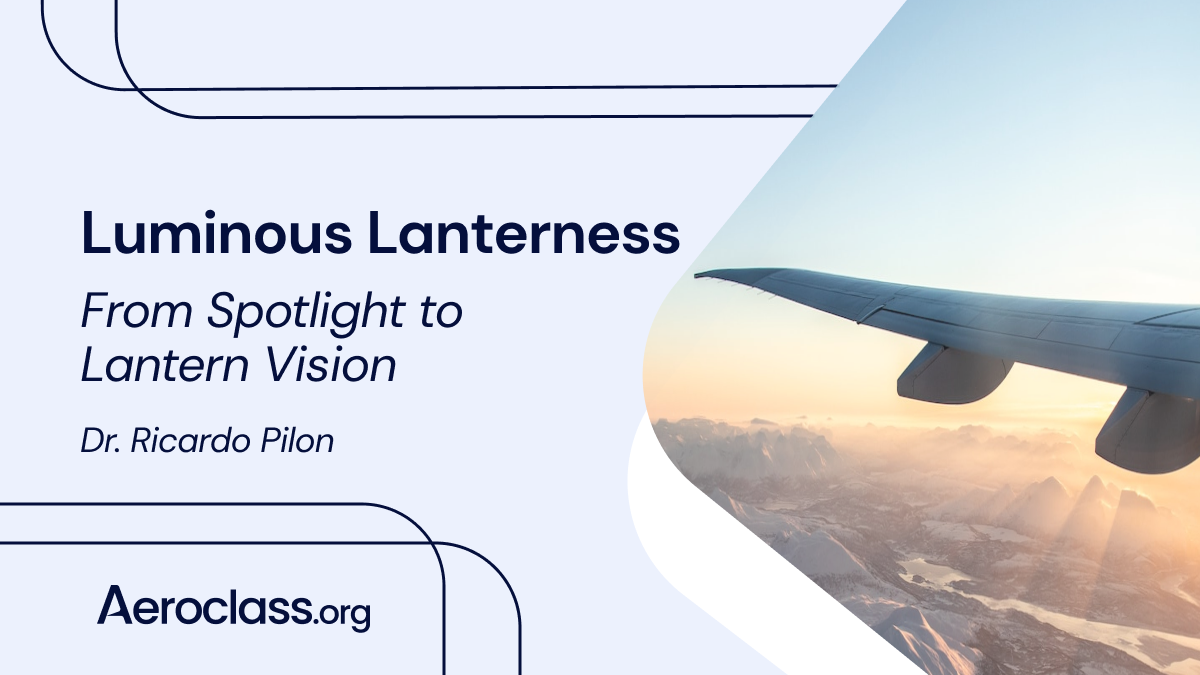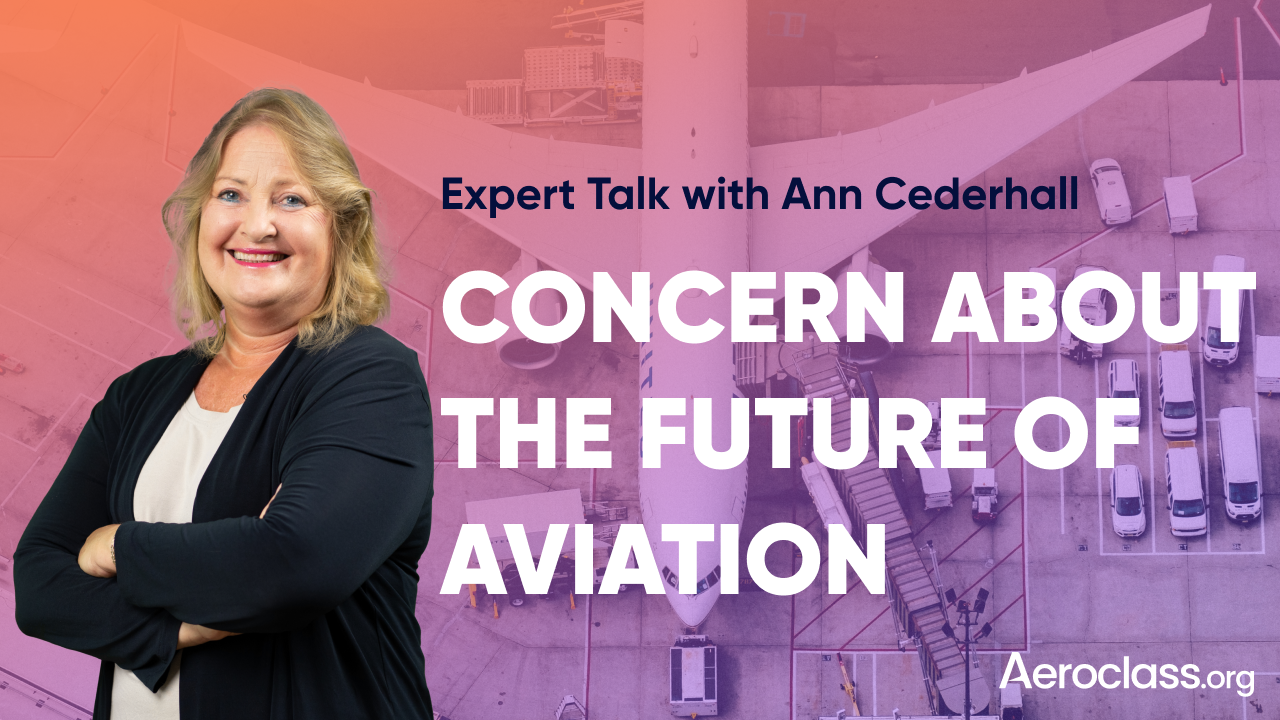Elevator SMS: Safety or Bureaucracy First?
Instructors · 2 min read
Whether you are planning a trip or just dreaming of one, check our recommendations for the best airlines to fly to Japan!

With or without altitude, Christiaan van der Heijst, can produce splashy and utterly lively impressions and wildly sensations. The emotions he creates are a reflection of artsy talent. It inspires young and old to look at things differently. Speaking off…
Children, below 12 years of age but especially below 6 have a lantern vision, whereas adults have spotlight vision. In practice, it means two things:
But what adults can do comes at a cost. Once we combine all visual and sensory information, it cannot be untangled. Our brain has made up its mind, often relying on history and experience. It makes us dull, unimaginative, and not overly creative. (Many artists have an underdeveloped skill and can maintain ‘lanterness’ to create art which makes them highly skilled at other tasks.)
Adults have learned about the workings of many things and it’s very difficult to de-learn them or to challenge the assumptions of what turns things into Systems.
Since children don’t have these limitations they would be the best to create new concepts. In layman’s terms, we call that ‘imagination’, but don’t be fooled.
Children can design complex architecture that engineers work out. But it’s worked in the past, like the jewelry and kindergarten building kiddos designed below.

Anyway, let’s finish this part.
Kids separate visual information. All the tiny elements they can see start living a life of their own. They use one cue to form a ‘quick-and-dirty’ perspective, and instantly decide whether the other information elements should create other stories or fit within ‘their’ context. This is done faster than adults can do it.
In short, kids can avoid “sensory fusion“. But as their faces grow, changing the distance between the eyes and the visual information the brain receives, the perspectives change. Catch them before!
But where are we going with this?
Well, we see the perky pictures Christiaan van der Heijst has taken and sells on his website, and it appears to be another world. It is, and it’s a world we need to simulate. You need to be at a different altitude and find ways to create lanterns.
I’ve tried this technique, by untangling a big (business or organization’s) picture instead of trying to link everything like workflow or a business process. So it’s counterintuitive…
Then, you remove ALL linkages (and assumptions).
This helps adults regain a wider perspective by:
People often use the phrase “putting it in perspective”. What they typically mean is that they will use a very practical example to point out that something either works or would not work today. It’s actually one of the 6 categories of resistance.
Doing the opposite is very useful. That is, putting something in a perspective where it doesn’t matter anymore. For that, you have to take many steps back and create that lantern vision, almost like a glow. It takes out all the ‘noise’ of little obstacles that exist because we make too many assumptions about why things are the way they are. PS. It’s not the same as the clean-sheet approach
Simple case: We use the term ‘revenue management’ for a department, not for a function that would manage all airline revenues and actually sell something.
So, if you take all the ‘selling’ activities and transactions and group them together from a customer perspective, how would things flow into the airline selling it. What I mean is, how does that help design better functions (before you start pulling back of how things are carved in wood today)?
Here comes another.

The airline industry has traditionally stared itself blind on derived demand and understanding why and when people book travel. We tried to relate that to economic cycles, competition, forex, prevailing weather, and the like.
But the main point is to focus more on what causes travel with a lantern vision.
In the lantern glow, it’s either one of two things:
- Communication:
People travel to meet face-to-face to communicate better, like in business.- Well-being:
People travel to feel good, relaxed, somewhat disconnected but connected to new experiences, and the like.
Visiting friends and relatives falls into both categories.
But the two also blend. For instance, communicating well, among like-able personalities, brings success, and releases serotonin, lowers cortisol, and activates the pleasure zones in the brain that bring about feelings of joy/play, and happiness. Also, self-actualization.
So, it’s always, all, related.
But it has always puzzled me that airlines don’t do or partner more with entities in the “communication” and “well-being” domains, particularly when we are looking at retailing. Why are airlines not more active working with telco’s and technology to offer additional ancillary services (e.g. conference, networking business, social marketplaces)? Also, in terms of well-being, it’s a vast area ripe of opportunities to integrate into new approaches of retailing for airlines.
And speaking of retailing, it’s what we’ll speak about the next time we discuss the lantern vision.
See you then, and find the “ON” switch for your lantern and let it shine.
If you have found this article intriguing, visit Substack for more insights from Dr. Ricardo Pilon.
Instructors · 2 min read
Aviation is a traditional industry that has been around for over a century. Despite the technological advancements and innovations that have occurred in recent years, it is often considered one of the most backward industries.
